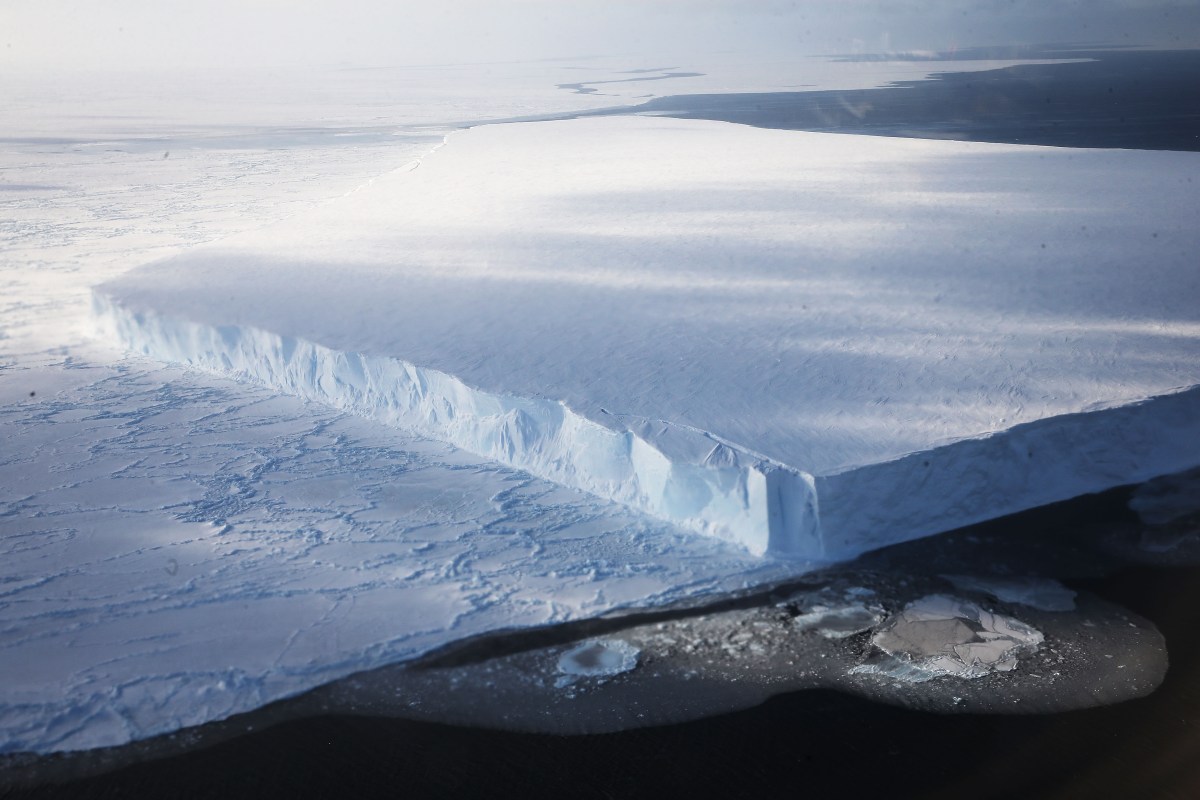Scientists have drilled a 1.3-mile-long hole in the Antarctic ice sheet, finally hitting the sediment at the bottom, below the sheet. The research they perform next may reveal what could happen to the ice sheet in the decades to come.
The project is called Bed Access, Monitoring and Ice Sheet History (BEAMISH) and is run by the British Antarctic Survey (BAS).
It took the crew of 11 more 60 hours to drill the 7,060-foot hole. From bottom to top it stretches for the length of about 20 football fields, Gizmodo reports.
“I have waited for this moment for a long time and am delighted that we’ve finally achieved our goal,” BAS lead scientist Andy Smith said in a statement. “There are gaps in our knowledge of what’s happening in West Antarctica and by studying the area where the ice sits on soft sediment we can understand better how this region may change in the future and contribute to global sea-level rise.”
The drilled-out research area ranks as the deep deepest hole drilled using a hot water drill in West Antarctica. The deepest hole drilled, of any kind, is the 7,290-foot-deep borehole that forms the IceCube Neutrino Observatory near the South Pole.
One task of high priority for the BEAMISH team is to learn more about sea level rise. The project seeks to understand “the past behavior of the West Antarctic Ice Sheet…[and] the flow of the fast ‘ice streams’ that drain it. Through measurements at the ice surface, and by drilling to the bed of Rutford Ice Stream, we will find how long ago the ice sheet last disappeared completely, and how water and soft sediments underneath it helped the ice move fast on its journey to eventually melting in the sea.”
Thanks for reading InsideHook. Sign up for our daily newsletter and be in the know.


















